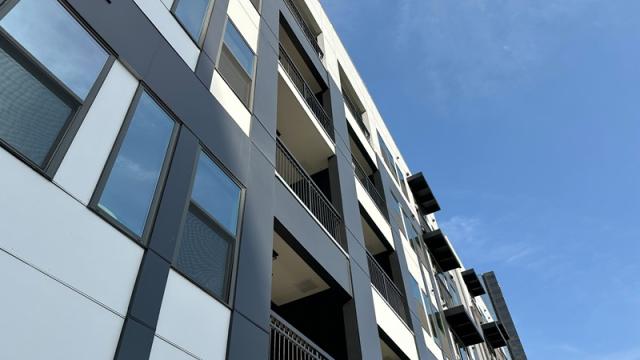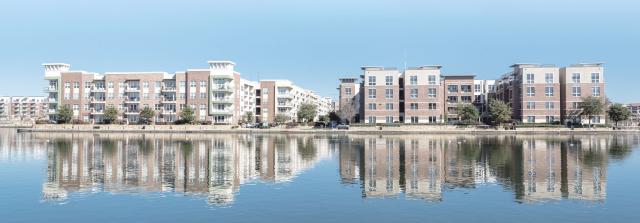webinar

Apartments.com

2024 Shows Early Signs of Multifamily Stabilization
The last two years have proven challenging for the multifamily industry, with declining rent growth, rising vacancy, and surging supply. But the corner may finally be turning, said Jay Lybik, national director of multifamily analytics for CoStar, in a recent webinar. Lybik pointed to emerging signs of market stabilization and offered his predictions for the third and fourth quarters of 2024.
Demand shows a solid comeback
The second quarter saw a boom in multifamily demand, with 170,000 units absorbed. This is the highest total seen since the third quarter of 2021, Lybik said.
Despite supply that remains near record highs, this increase in demand helped shrink the supply-demand gap to the smallest it’s been in 11 quarters.
And the supply-demand gap is projected to equalize further in 2025, when projected deliveries are expected to drop by 40 percent.
Vacancy rate holds steady
Thanks to the rise in demand, the national vacancy rate has stopped the sharp upward trendline that began in 2021. After rising slightly from the fourth quarter of 2023 to the first quarter of 2024, the vacancy rate has remained at 7.8 percent for the last two quarters.
“This is the first time vacancy hasn’t risen in almost three years,” Lybik said, “and it’s forecast to hold stable through the end of the year.”
Rent growth slowdown has stopped
Vacancy isn’t the only indicator that appears to be stabilizing. After dropping precipitously from pandemic-era highs, rent growth has been hovering around 1 percent since the middle of last year.
This represents a “dramatic change,” Lybik said, and could even pave the way for rent growth to begin to rise in third quarter. CoStar forecasts show a slight uptick in rent growth for Q3 and Q4.
The recovery across price points and regions
Not all segments and regions of the market are equally poised to begin the recovery, however. Luxury apartments, known in the CoStar building rating system as four- and five-star properties, will lag behind. Oversupply has hit this category the hardest.
As a result, improvements in rent growth for luxury apartments have remained modest. Rent growth for this class rose from negative territory to 0.2 percent, underperforming both the national average (1 percent) and the average for mid-priced apartments (1.5 percent).
From a regional perspective, the Sun Belt faces similar struggles. This region, after pandemic-era success, now confronts a significant mismatch between high supply and low demand. This has driven rent growth for the region into the red.
In the second quarter, the Sun Belt posted cumulative rent growth of negative 1.3 percent, while the Midwest and Northeast tied for first place with 2.5 percent.
Despite these differences, conditions will gradually improve for all price points and regions.
“Overall, 2024 has gotten off to a strong start,” Lybik said.
At the same time, he warned that inflation and the potential for recession remain significant downside risks for multifamily fundamentals.
Looking for more multifamily insights?
Check out these videos for more market analysis from Jay Lybik:
CoStar is the industry-leading source for information, analytics, and news about all areas of commercial real estate. Whether you’re an owner, investor, or apartment operator, you’ll find in-depth analysis from Jay Lybik and other experts to help you stay on top of the latest trends in the market. Learn more about CoStar.







